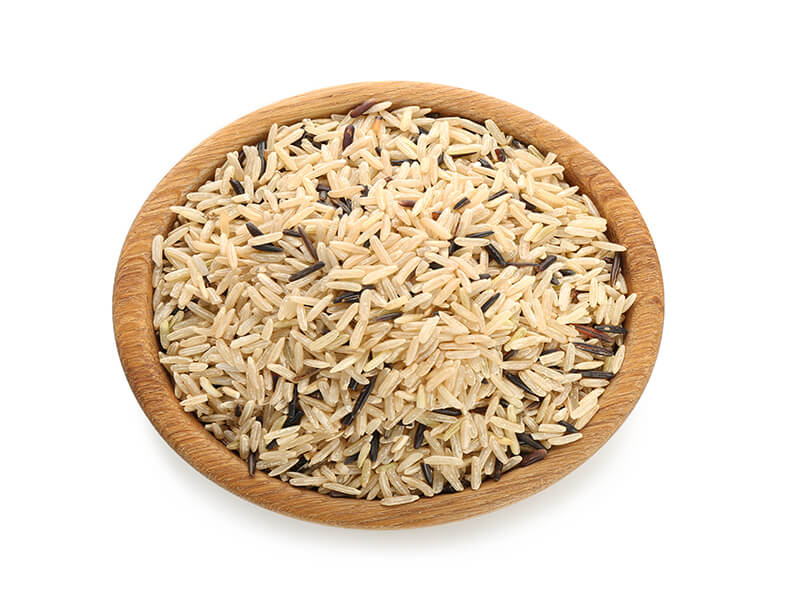
Rice is such an important part of our diet. It is a staple most of the world depends on for sustenance. India is one of the great rice growing countries of the world. Rice even holds a sacred place in our culture; a new bride and groom are showered with rice grains as they take their wedding vows to symbolically bless them with bounty. Rice is a healthy carbohydrate, rich in minerals and vitamins, yet if you look into most kitchen cupboards you’ll find rice that is neither healthy nor nourishing. Unfortunately, the beautiful grains of white rice that most of us eat on a daily basis are overly processed, polished in excess and rid of all their goodness.

White rice is nothing but brown rice that has been milled to remove the outer husk. This makes the rice grain look aesthetically pleasing and easier to cook but actually that depreciates its nutritional value. The main reason rice is polished, is to increase its shelf life but in doing so much of the valuable dietary fibre is lost. Brown rice, or rice with the bran helps in weight management and helps control diabetes by stabilizing blood sugar levels. It is extremely simple to cook brown rice and needs no extra effort. The only difference is that brown rice absorbs more water than white rice and usually takes slightly longer to cook. Once cooked, brown rice can be used in much the same way as white rice. The consistency is a little different; brown rice has a little grainer texture and more of a bite. It perfectly complements coconut based Asian curries or can be used in stir fries, broths and to make porridge. People even use brown rice to make desserts like kheer or payassam.

Some varieties of rice have a husk that is reddish in colour instead of being brown. This sort of rice grows abundantly in South India, parts of Bhutan, Thailand, Sri Lanka and parts of Africa. Red rice is also a great healthy alternative to eating white rice. It is almost gluten free, very high in Vitamin B, iron and calcium. In flavour it is nutty, sweet and has a chewy consistency. Just like other varieties of unhusked rice, it needs more water and a longer time to cook. It can be prepared in a pressure cooker, in a rice cooker or on the stove top. Red rice is a perfect accompaniment for South Indian meat and fish curries. Both red and brown rice can be used to make rice dishes like pilafs and biryanis.

Another great healthy substitute for rice is quinoa. This super-food is slowly gaining popularity in all parts of the world for its versatility and its nutritional value. Quinoa is actually a seed which can be used like a cereal or a grain. When it is cooked with water, quinoa seeds fluff up. They form a light, nutty, mild tasting alternative to white rice. Quinoa responds well to seasoning and takes on the flavour of herbs and spices. It can be eaten along with gravy dishes; it makes a perfect accompaniment as it soaks up liquid just like rice does.

Couscous is a staple Middle Eastern and North African food that is made with semolina. It is much lighter than rice and can also be made with millet. Couscous can either be made with refined or whole grains. Whole grain couscous is usually made with unhusked durum wheat and is pretty low in calories. Traditionally, couscous is eaten with stews or goulash but it can be eaten in several different ways. One can even make upma, sheera and kheer with couscous. It can be cooked along with meat and vegetables to make a pulao-like dish.
Turning to these white rice substitutes is about making a healthier choice. Eating whole grains is one tried-and-tested way of lowering the risk of heart disease, controlling cholesterol, avoiding diabetes and curbing obesity. The best part is you do not have to compromise on flavour and variety!






